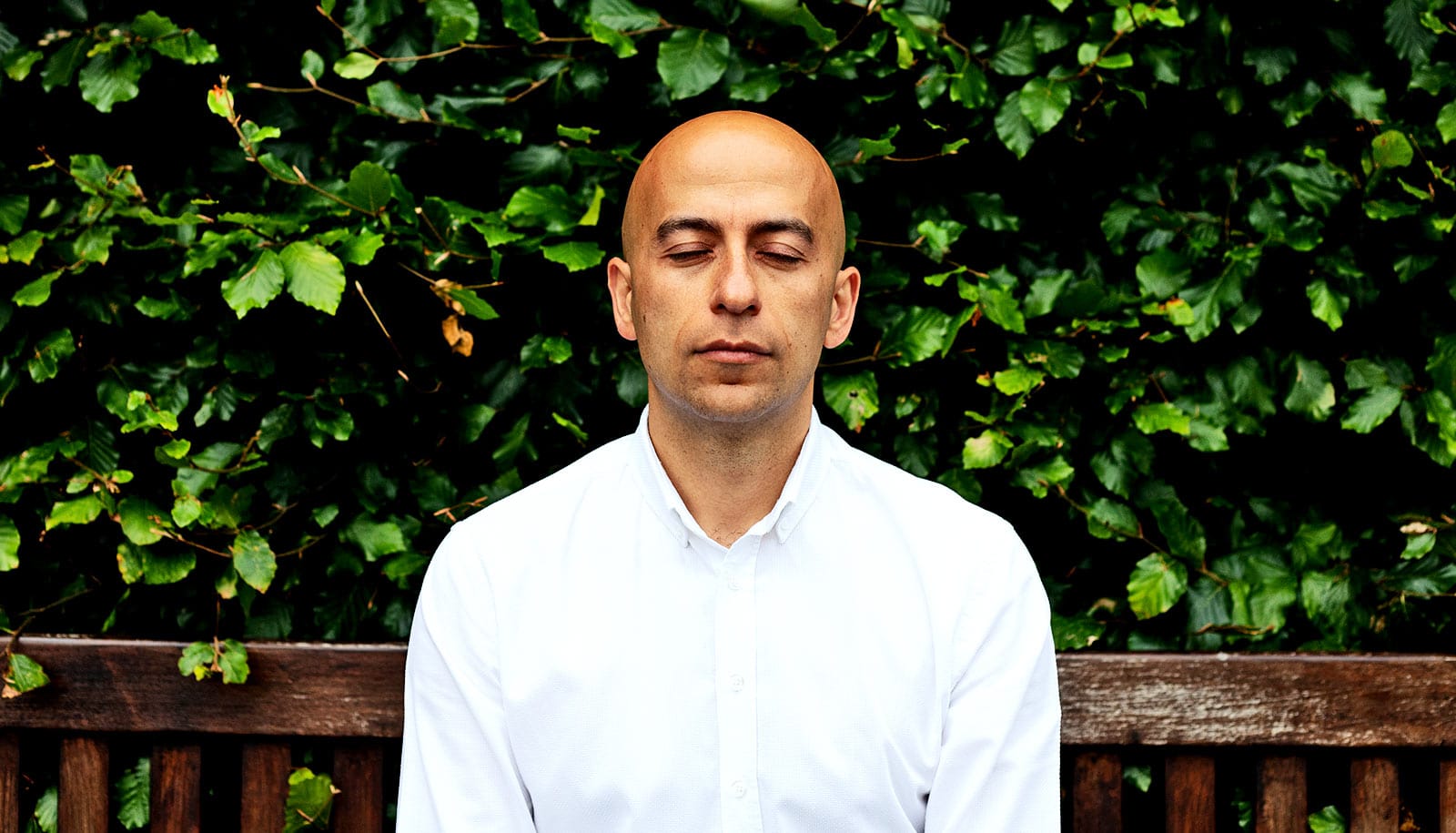Although hookup apps require users to be 18 or older, a new study finds that more than 50 percent of sexually active gay and bisexual boys ages 14 to 17 met male sexual partners on apps such as Grindr and Scruff.
It also was common for these teens to use the apps to connect with friends and find new gay, bisexual, and queer friends and boyfriends, which sheds new light on who uses adult male hookup apps and why.
The study, which appears in the Journal of Adolescent Health, suggests the apps provide users with a virtual networking space specifically for gay and bisexual men and overcome the need to figure out a potential partner’s or friend’s sexuality.
“They can better learn about ways to protect their sexual health and feel less alone…”
These features might be appealing to gay and bisexual adolescent boys who are not as open about their sexual identity, who have a smaller pool of potential partners compared to their heterosexual peers, and who are navigating dating and sex with same-gender partners for the first time.
“While this study points out that hookup apps pose some risks, we were happy to learn that there are many positive ways youth use these apps that help them feel more confident and comfortable in their sexuality,” says first author Kathryn Macapagal, research assistant professor of medical social sciences at the Institute for Sexual and Gender Minority Health and Wellbeing at Northwestern University Feinberg School of Medicine.
“They can better learn about ways to protect their sexual health and feel less alone, which is important for gay and bisexual teens who are much more likely to feel isolated or depressed because of their sexual orientation or identity.”
HIV testing
Teenage boys who used the apps were more likely seek out important sexual health services, such as HIV testing, the study found.
It is common for adolescents, regardless of their sexual orientation, to use sexually explicit media such as apps or porn to explore their sexuality. However, young men who have sex with men are far more likely than other groups to have HIV, and the study found that most boys who had had sex with partners they met on the apps didn’t always use condoms.
Coupling up buffers gay, lesbian teens against bullying
“Gay and bisexual adolescent boys account for almost two-thirds of HIV infections among teenagers in the United States, but unfortunately sex education and HIV prevention tailored to their needs is almost nonexistent,” Macapagal says. “The sooner we understand the role these apps play in the lives of gay and bisexual teen guys, the sooner we will be able to tailor sex education and HIV prevention efforts for this population and help them live healthier lives.”
In the study, 200 sexually experienced gay and bisexual adolescent boys ages 14 to 17, who were recruited from Facebook and Instagram, completed online survey questions assessing their use of apps to meet partners for dating and sex, as well as their sexual behavior and HIV risk. Overall, 52.5 percent of participants reported using hookup apps to find male partners.
Online safety
More than 80 percent of the youth reported using hookup apps such as Grindr—the most-downloaded app worldwide for men who have sex with men—and dating websites because they felt like they had few options for meeting gay, bisexual, and queer partners in their neighborhoods. More than 30 percent of study participants said they used these technologies to prevent other non-LGBTQ people from learning about their sexual orientation. Thirty-four percent of participants said they used the apps to meet a new gay or bisexual friend.
The study highlights just how little parents, educators, and health care providers know about how teens spend their time on apps and online technology that is constantly changing.
Parents feel weird about sex ed for LGBTQ teens
“It is difficult to prevent teens from using hookup apps altogether,” says Brian Mustanski, director of the Northwestern Institute for Sexual and Gender Minority Health and Wellbeing and co-director of the Third Coast Center for AIDS Research. “So it becomes increasingly important for parents and others who work closely with teens to be proactive in having conversations with teens about online safety and sexual safety, especially on apps or websites they may not officially be allowed to use because of their age.”
The data come from larger studies that the National Institutes on Minority Health and Health Disparities of the National Institutes of Health supported.
Source: Northwestern University



